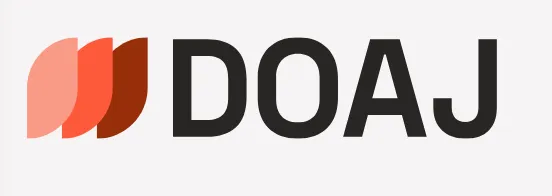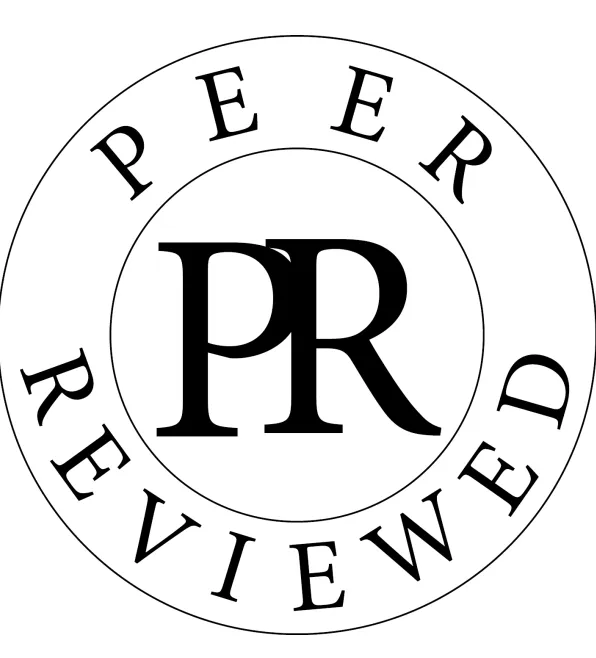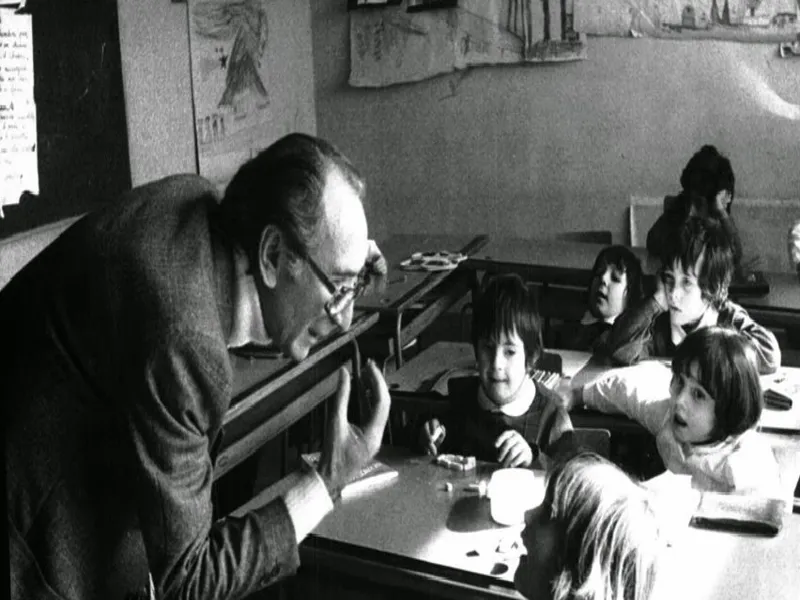Fari, passaggi e approdi

Il termine “faro” deriva dal nome dell’isola (Faros) posta all’imboccatura del porto di Alessandria d’Egitto dove era stata edificata, nel III sec. a. C., la famosa costruzione, una delle sette meraviglie dell’Antichità, concepita per fornire una indicazione sicura ai naviganti durante la notte, nome che è poi rimasto a indicare tutti i manufatti di questo genere. L’affascinante storia dei fari si perde nella notte dei tempi e va di pari passo con la storia della navigazione. I fari, costruiti in posti strategici in prossimità delle coste, offrono sicurezza ai naviganti segnalando la via da seguire tra le molte insidie – scogli, secche, fondali bassi, ecc. – prima dell’approdo in un porto. Costruzioni solitarie destinate ad affrontare le tempeste hanno finito per costituire una metafora della vita stessa degli uomini, come una luce nel buio: il loro forte potere evocativo è sempre stato di grande ispirazione per tutte le forme dell’arte. La letteratura disponibile sui fari, molto ricca e sempre suggestiva, è spesso accompagnata dalle immagini dei fari stessi, di mappe antiche, carte... continua a leggere





































